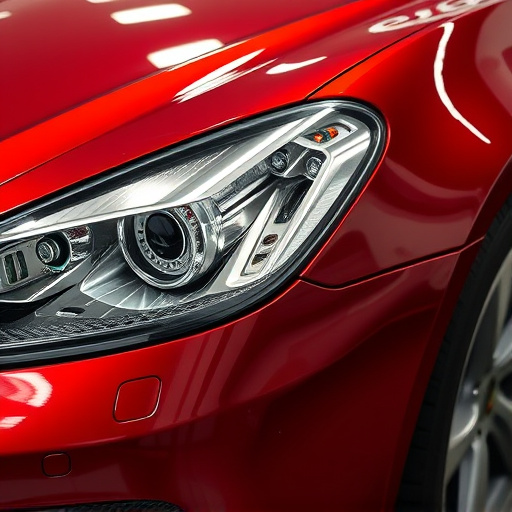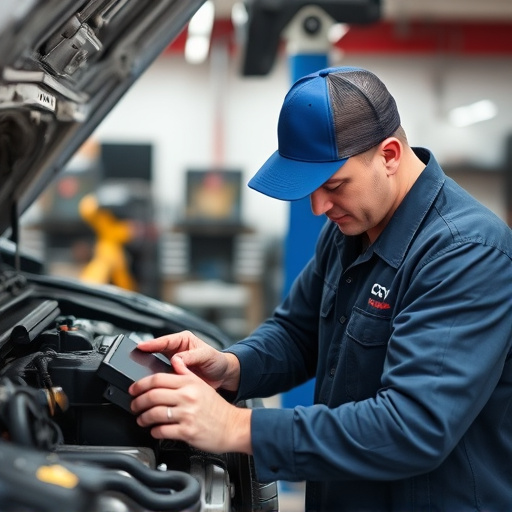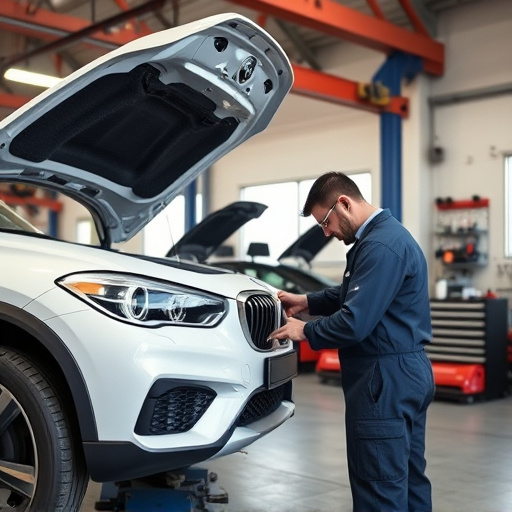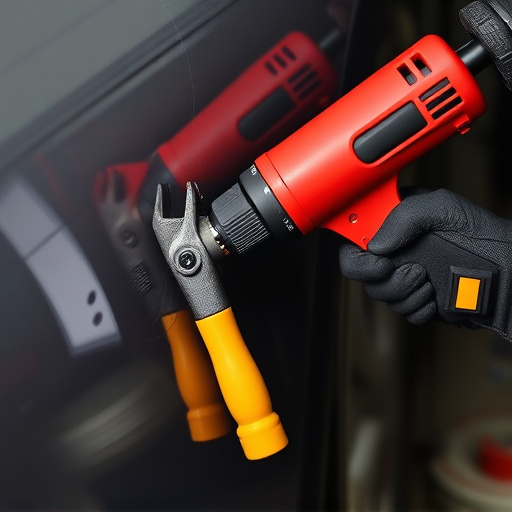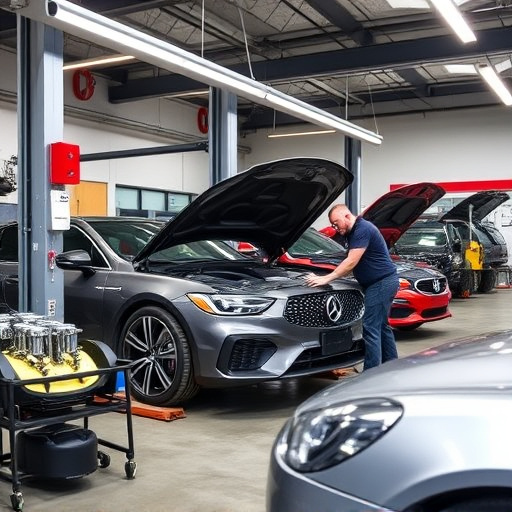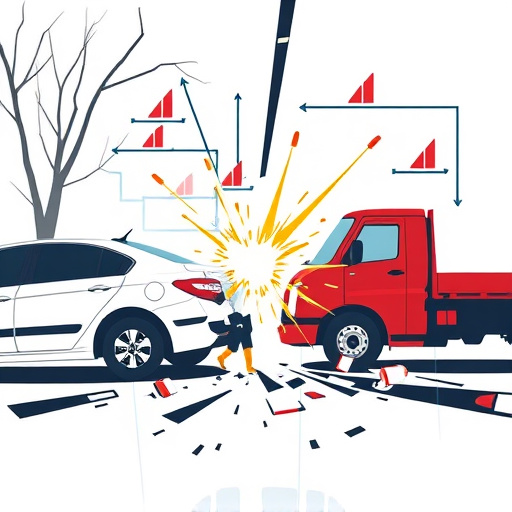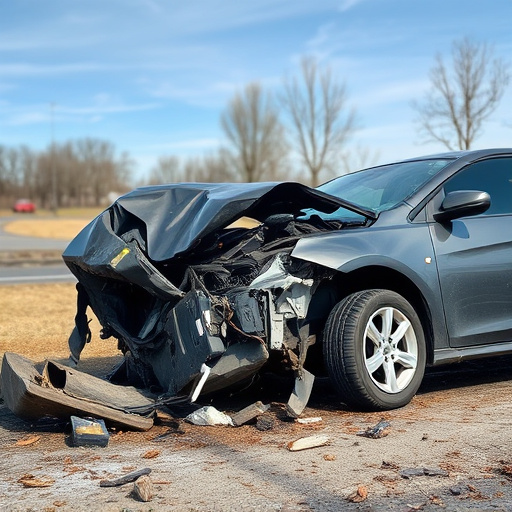OEM Calibration Guidelines are vital for automotive professionals, especially in windshield calibration, ensuring vehicle safety and performance. Adhering to these standards is critical for accurate sensor calibration and proper system adjustments like air bags. Ignoring guidelines can lead to subpar repairs compromising both vehicle functionality and occupant safety. Proper windshield calibration requires understanding OEM specifications, investing in calibrated tools, regular technician training, and adhering to strict protocols to avoid common mistakes that may cause paint work complexities or visual misalignments.
“Unlocking precise windshield calibration lies in comprehending OEM (Original Equipment Manufacturer) guidelines, designed to ensure optimal vehicle performance. This article delves into the intricacies of these guidelines, highlighting their significance in achieving accurate windshields.
We’ll explore effective strategies for successful implementation, offering advanced tips to navigate potential pitfalls. From understanding fundamental principles to avoiding common errors, this guide equips readers with knowledge to master windshield calibration using OEM specifications.”
- Understanding OEM Calibration Guidelines: What They Entail and Why They Matter
- Effective Strategies for Accurate Windshield Calibration Using OEM Guidelines
- Common Pitfalls to Avoid When Following OEM Calibration Instructions for Windshields
Understanding OEM Calibration Guidelines: What They Entail and Why They Matter

Understanding OEM Calibration Guidelines is key for any automotive professional, especially when it comes to windshield calibration—a process that ensures your vehicle’s safety and optimal performance. These guidelines are detailed sets of instructions provided by Original Equipment Manufacturers (OEMs) for repairing or replacing specific components in a vehicle, focusing on precise measurements and alignment. They cover everything from the correct techniques for vehicle dent repair to meticulous procedures for Mercedes-Benz repair, ensuring each step aligns with the OEM’s standards.
The significance of adhering to these guidelines cannot be overstated. For instance, in a vehicle body shop, accurate windshield calibration is not just about aesthetics; it’s a safety measure that guarantees the structural integrity of the car’s frame during impact. This meticulous process involves calibrating sensors and adjusting components like air bags and belt systems to ensure they function correctly in the event of an accident. Ignoring these guidelines can lead to subpar repairs, compromising both the vehicle’s performance and the safety of its occupants.
Effective Strategies for Accurate Windshield Calibration Using OEM Guidelines
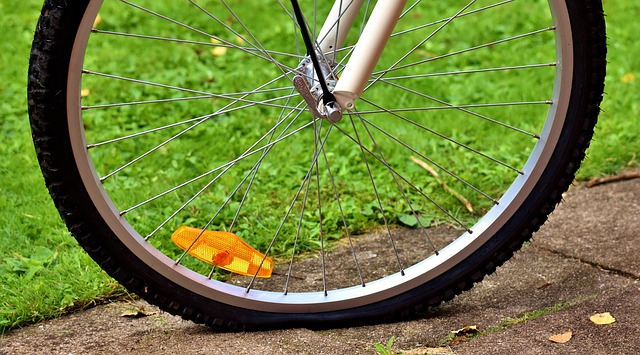
Proper windshield calibration is a critical step in ensuring optimal visibility and safety while driving. To achieve accurate results, collision repair centers must adhere to Original Equipment Manufacturer (OEM) guidelines strictly. Start by thoroughly understanding your vehicle’s specific calibration requirements, as every make and model may have unique specifications. This often involves consulting the OEM’s technical manuals or seeking guidance from their official resources.
Next, invest in high-quality calibration equipment that aligns with industry standards. The tools used for windshield calibration should be meticulously calibrated themselves to deliver precise measurements. Furthermore, ensure your technicians are well-trained in operating this equipment and interpreting the results accurately. Regular maintenance and calibration checks of these tools are essential to maintain their accuracy over time, contributing to consistent and reliable vehicle repair outcomes, especially when dealing with intricate vehicle bodywork adjustments.
Common Pitfalls to Avoid When Following OEM Calibration Instructions for Windshields
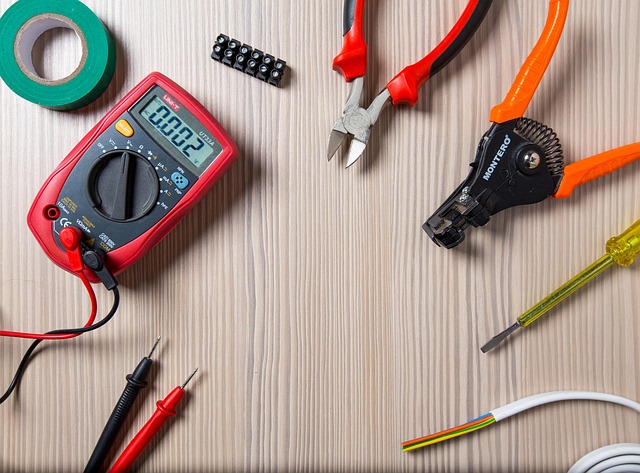
When following OEM calibration guidelines for windshields, several common pitfalls can trip up even the most experienced technicians. One major mistake is neglecting to properly prepare the windshield surface before starting the calibration process. This includes thorough cleaning and decontaminating to eliminate any contaminants that could skew measurement results. Additionally, using incompatible or improperly calibrated equipment is a frequent issue; always ensure your tools meet the specified standards for accuracy.
Another pitfall involves overlooking crucial safety protocols during the calibration procedure. This may include inadequate personal protective equipment (PPE) or failure to maintain proper ventilation in the work area. Moreover, rushing through the process can lead to errors and suboptimal results. In vehicle collision repair or auto body repair scenarios where windshields are replaced, it’s essential to align the new windshield with precise specifications to guarantee a seamless fit and optimal visual alignment, avoiding any additional vehicle paint repair complexities.
By mastering the art of using OEM calibration guidelines, professionals can achieve precise windshield calibration, ensuring optimal performance and safety. This article has guided readers through understanding the importance of these standards, provided effective strategies for accurate calibration, and highlighted common pitfalls to avoid. Remember, adhering to OEM instructions is key to maintaining high-quality results in windshield calibration.

